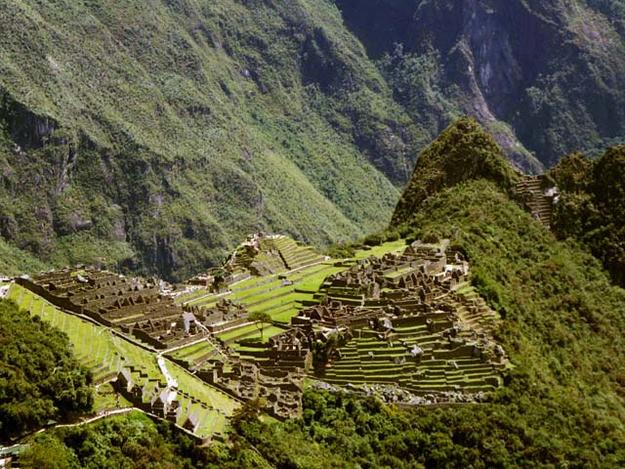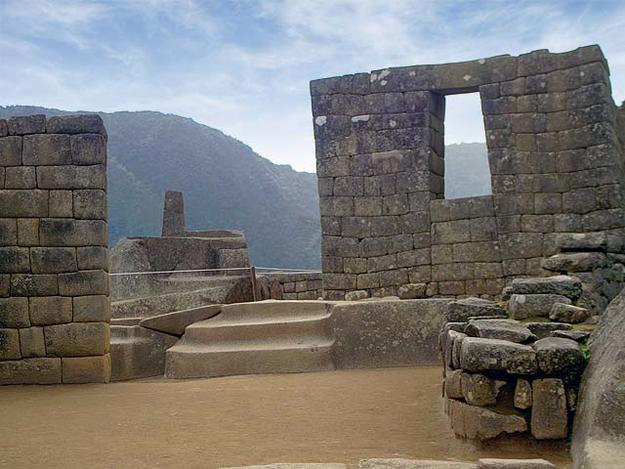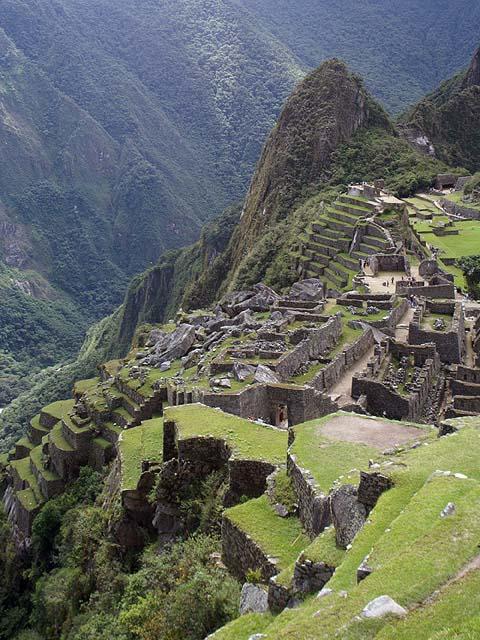2000, 2008 and 2010 World Monuments Watch
Perched atop the Andean peak bearing its name, in clouds high above the Urubamba Valley, Machu Picchu overlooks the Vilcanota River. Construction of this majestic complex concluded at the height of Incan civilization in the 15th century, during the reign of Pachacutec Inca Yupanqui and his descendants. Though abandoned within 100 years of completion, even after the fall of the Incan Empire, the site offered protection for rebel forces fighting for Peruvian independence, eventually attained in 1821. Since 1911, when Hiram Bingham of Yale University first arrived at the site at the invitation of the Peruvian government, the fascination with Machu Picchu has spread around the globe. It endures as one of the most important and recognized archaeological landscapes in the world. While the seamless stone masonry of the agricultural terraces and structures has stood strong through the ravages of time, war, and earthquakes, the vulnerability of Machu Picchu and its environs should not be underestimated. Steady and significant increases in visitation at the site have prompted development and urbanization in nearby areas to meet the growing tourism needs. Balancing infrastructure and service requirements with the preservation of this cultural icon remains a constant struggle at Machu Picchu. The call for integrated and sustainable management strategies for the site and the surrounding communities has been echoed for over a decade, but planned, collective action has yet to be achieved.



